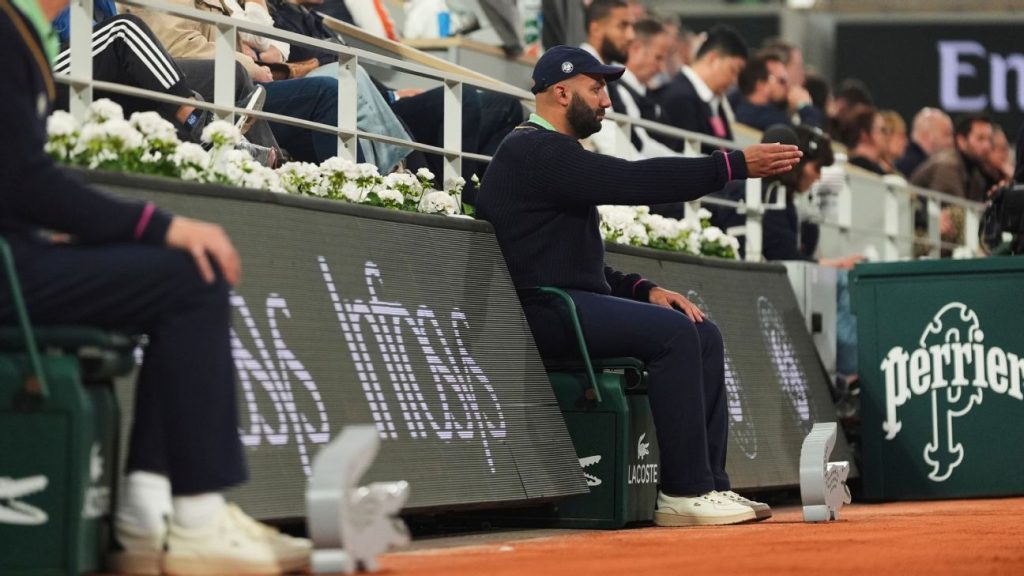Line Judges’ Final Stand at the French Open
PARIS — The role of line judges in tennis is fading, but the French Open is determined to preserve this tradition for as long as possible, resisting the rise of electronic line calling (ELC).
Theater on the Court
Each match at Roland Garros often features a disputed point. The sequence usually involves a call, a player’s protest, the umpire descending to inspect the mark, and sometimes an overturned decision. Mirra Andreeva experienced this recently, turning to her box in frustration when her appeal was denied.
The Shift to Technology
This year, Wimbledon will implement electronic line calling, eliminating the need for line judges. The Australian Open adopted this technology in 2021, followed by the US Open in 2022, making French Open the last bastion of human referees.
Controversies with ELC
Other clay tournaments have faced problems with ELC, where human judgment and technology have conflicted. Alexander Zverev complained about a call in Madrid, pointing out that technology indicated a ball in, which he believed was out by a significant margin.
Voices for Change
As calls for ELC grow, Gilles Moretton, president of the FFT, insists on keeping human officials at Roland Garros. He remarked on the imperfections of current technology, stating the importance of line judges as ambassadors of the sport, but he also noted that total player approval might change that stance.
Players Divided on Technology
Opinions among players are mixed. Novak Djokovic sees value in technology for accuracy, while Coco Gauff prefers using it without pushing for change. Some, like Arthur Fils and Gael Monfils, still favor traditional line judges, reflecting a connection to the past.
The Future of Line Calling
As the tournament unfolds, it is likely there will be contentious calls that reignite discussions about ELC. Roland Garros remains resistant to the trend, but the pressure for uniformity in technology across all Grand Slams is mounting.



